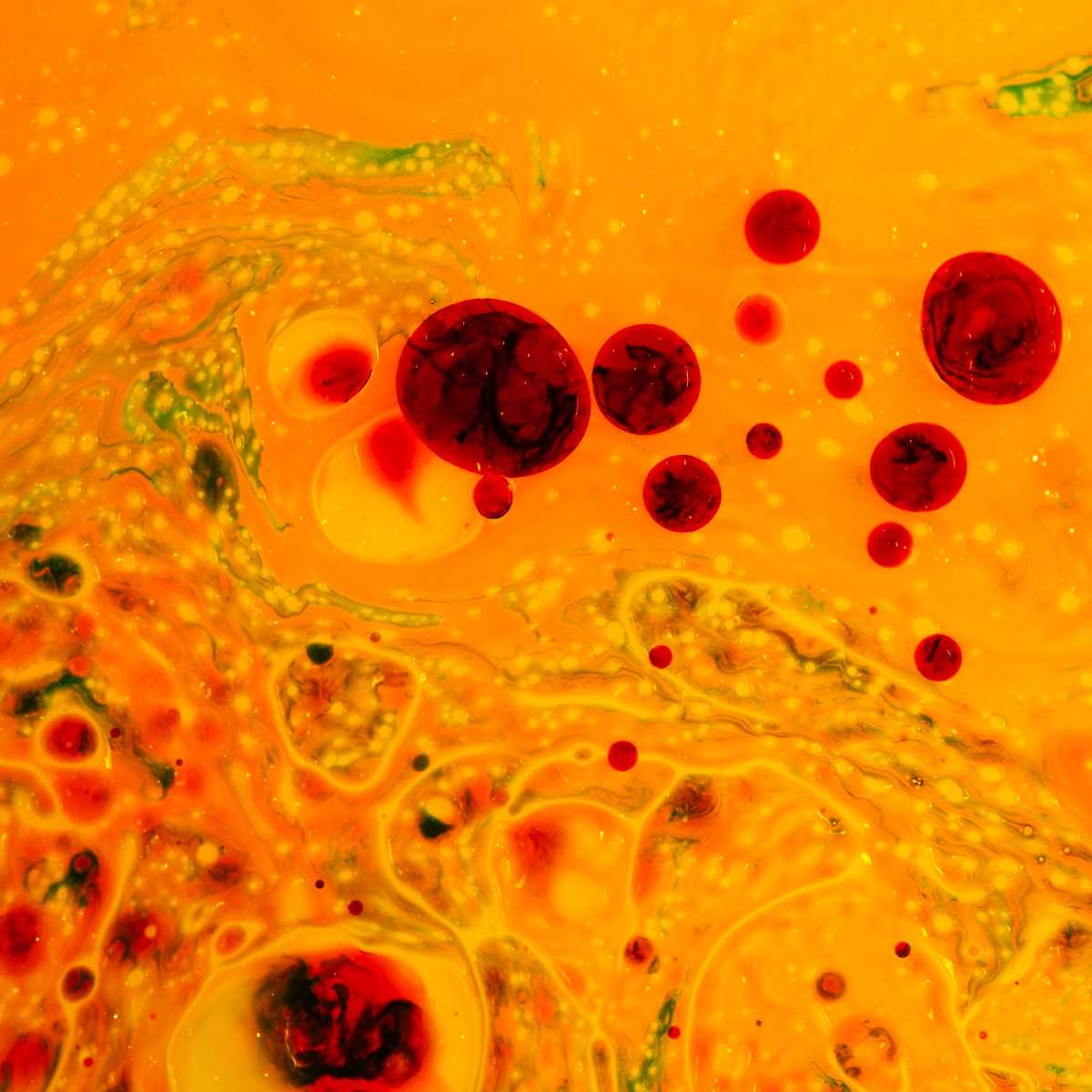KEY TAKEAWAYS
- The APHINITY phase III trial aimed to investigate the impact of adding pertuzumab to trastuzumab and chemotherapy based on ER and HER2 expression levels in the APHINITY trial.
- The results demonstrated consistent benefits irrespective of ER and HER2 expression levels, underscoring the necessity for further research in identifying predictive biomarkers for treatment escalation or de-escalation.
HER2-positive breast cancer, characterized by overexpression of the HER2 protein, is treated with targeted therapies like trastuzumab. Responses vary, prompting investigation into potential influencing factors. One such factor is estrogen receptor (ER) status. Some studies suggest differences in treatment response based on the combination of ER and HER2 expression levels.
Evandro de Azambuja and his research team spearheaded the study that aimed to analyze the impact of adding pertuzumab to trastuzumab and chemotherapy based on ER and HER2 expression levels in the APHINITY trial.
About 4804 HER2-positive early breast cancer patients received either pertuzumab or placebo in addition to adjuvant trastuzumab and chemotherapy. The unplanned analysis aimed to assess the impact of pertuzumab on invasive disease-free survival (IDFS) within subgroups categorized by HER2 FISH amplification ratio and/or ER percentage on IHC.
Patients with a FISH ratio less than 2 were excluded, resulting in 4782 participants. IDFS events were monitored from randomization. Subgroup analysis employed Cox proportional hazards regression models, adjusting for randomized arm, chemotherapy regimen, nodal status combined with the protocol version. HER2 FISH amplification ratio was categorized as low (2≤ FISH ratio < 5) vs. high (FISH ratio ≥5), and ER expression on IHC was categorized as negative (<1%) vs. positive (≥1%).
Among 4782 patients (median age 51 years, IQR 44-59) with a median follow-up of 73.6 months (IQR 63.0-75.2), most received anthracycline-based chemotherapy (77.6%). Positive ER expression was noted in 63.7% of patients, and 51.8% had a high HER2 FISH amplification ratio. Across all FISH ratio/ER subgroups, the addition of pertuzumab conferred IDFS benefits (HR < 1).
The HER2 FISH ratio-low/ER-positive subgroup exhibited the most significant reduction in IDFS risk, with a 30% decrease in the pertuzumab arm (HR=0.70, 95% CI 0.51-0.95), while smaller differences were observed in other subgroups. Notably, the subgroup with HER2 FISH ratio-high/ER-negative expression showed the numerically smallest benefit in IDFS events with the addition of pertuzumab (HR 0.85, 95% CI 0.59-1.25).
The results showed that patients receiving pertuzumab/trastuzumab exhibit consistent benefits irrespective of ER and HER2 expression levels. Further investigation is essential for identifying predictive biomarkers to guide the escalation or de-escalation of treatments.
Research was sponsored by Hoffmann-La Roche.
Source: https://atgproductions.net/atgclients/sabcs/2023_SABCS_Abstract_Report-12-1-23_Compressed.pdf
Clinical Trial: https://clinicaltrials.gov/study/NCT01358877
de Azambuja E, Agostinetto E, Samy F, et al. (2023) ‘’The benefit of adjuvant pertuzumab and trastuzumab according to estrogen receptor and HER2 expression: sub-analysis of the APHINITY trial.’’ Presented at SABCS 2023 (PS09-04)



